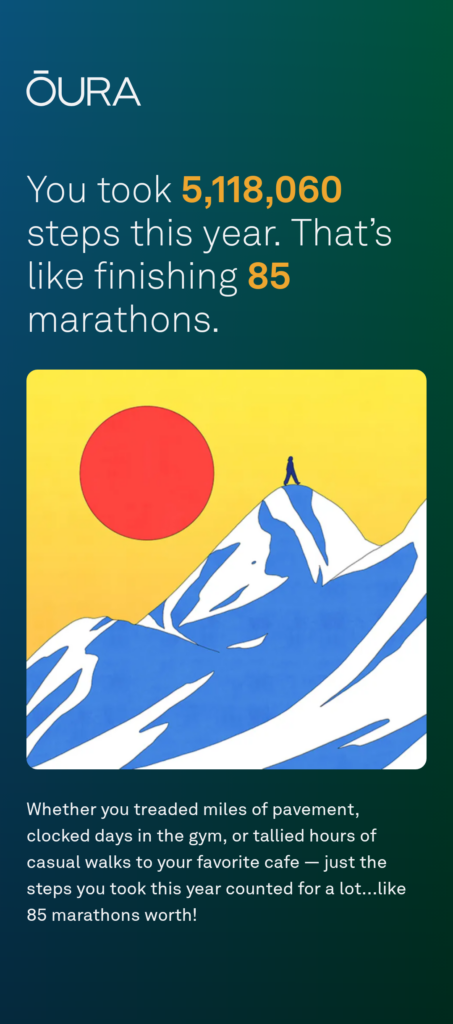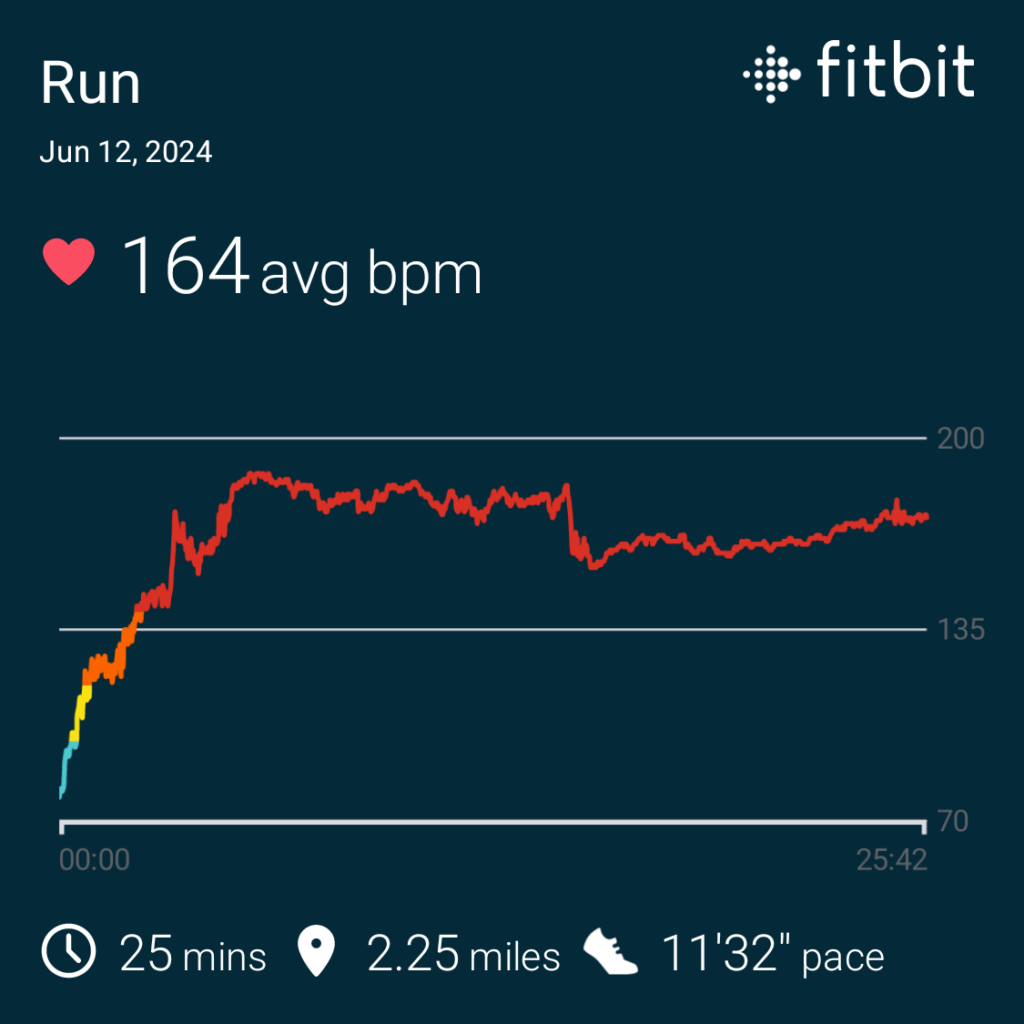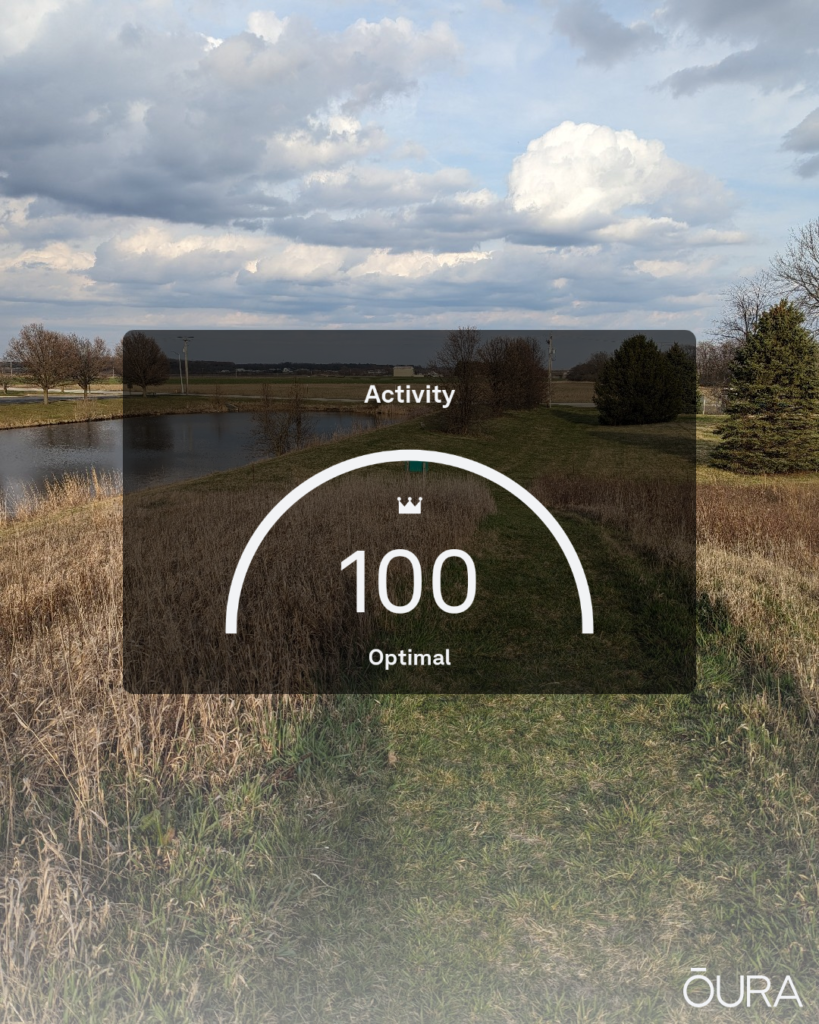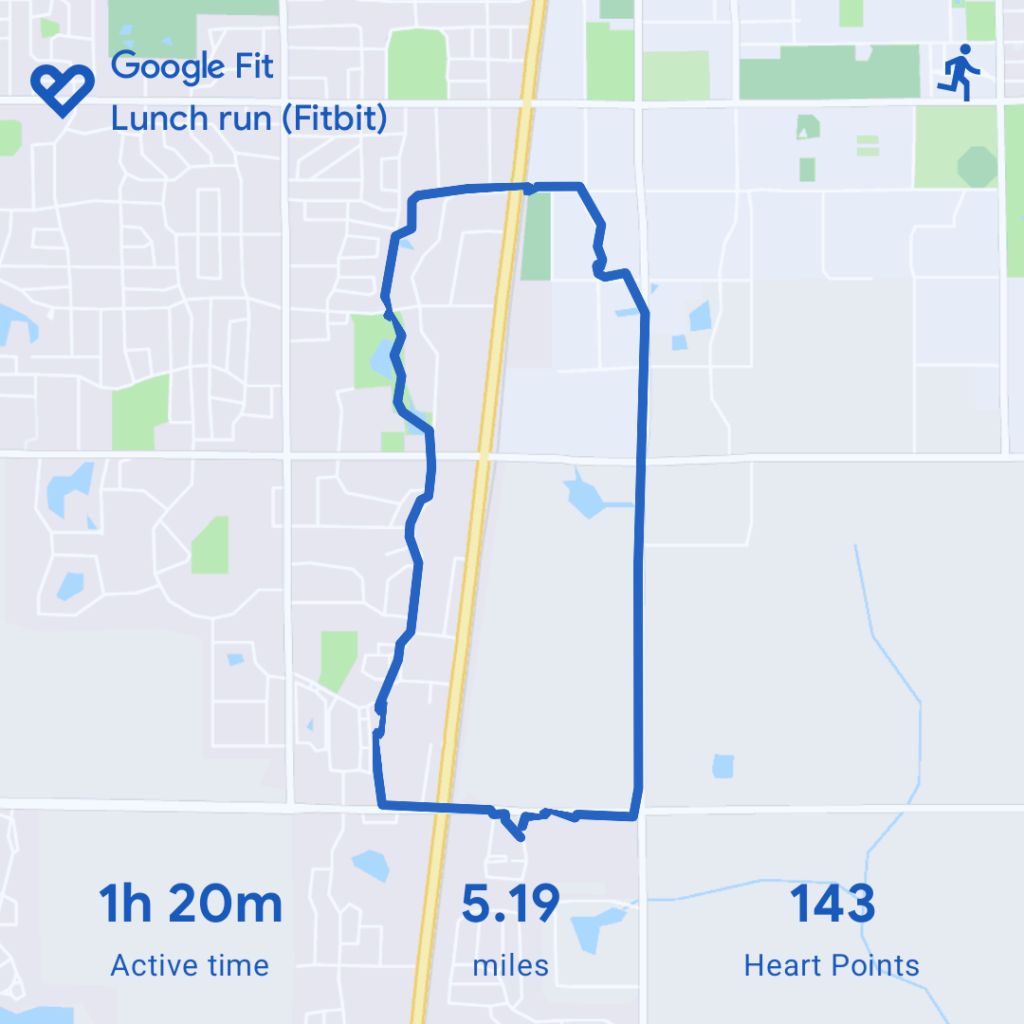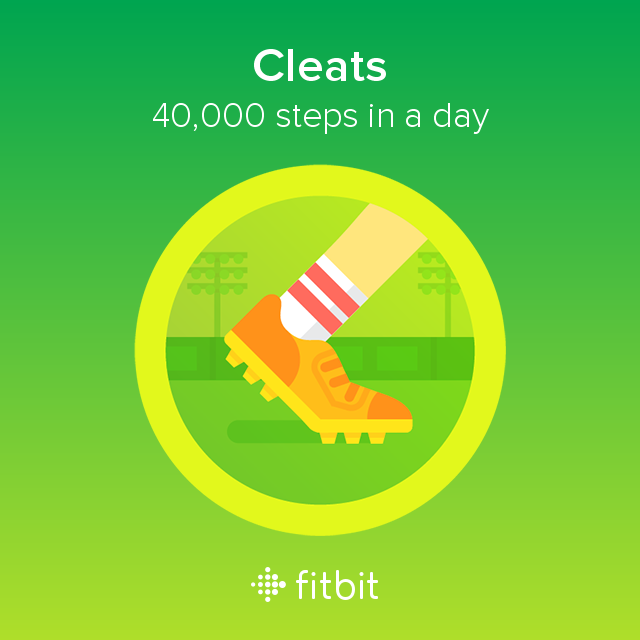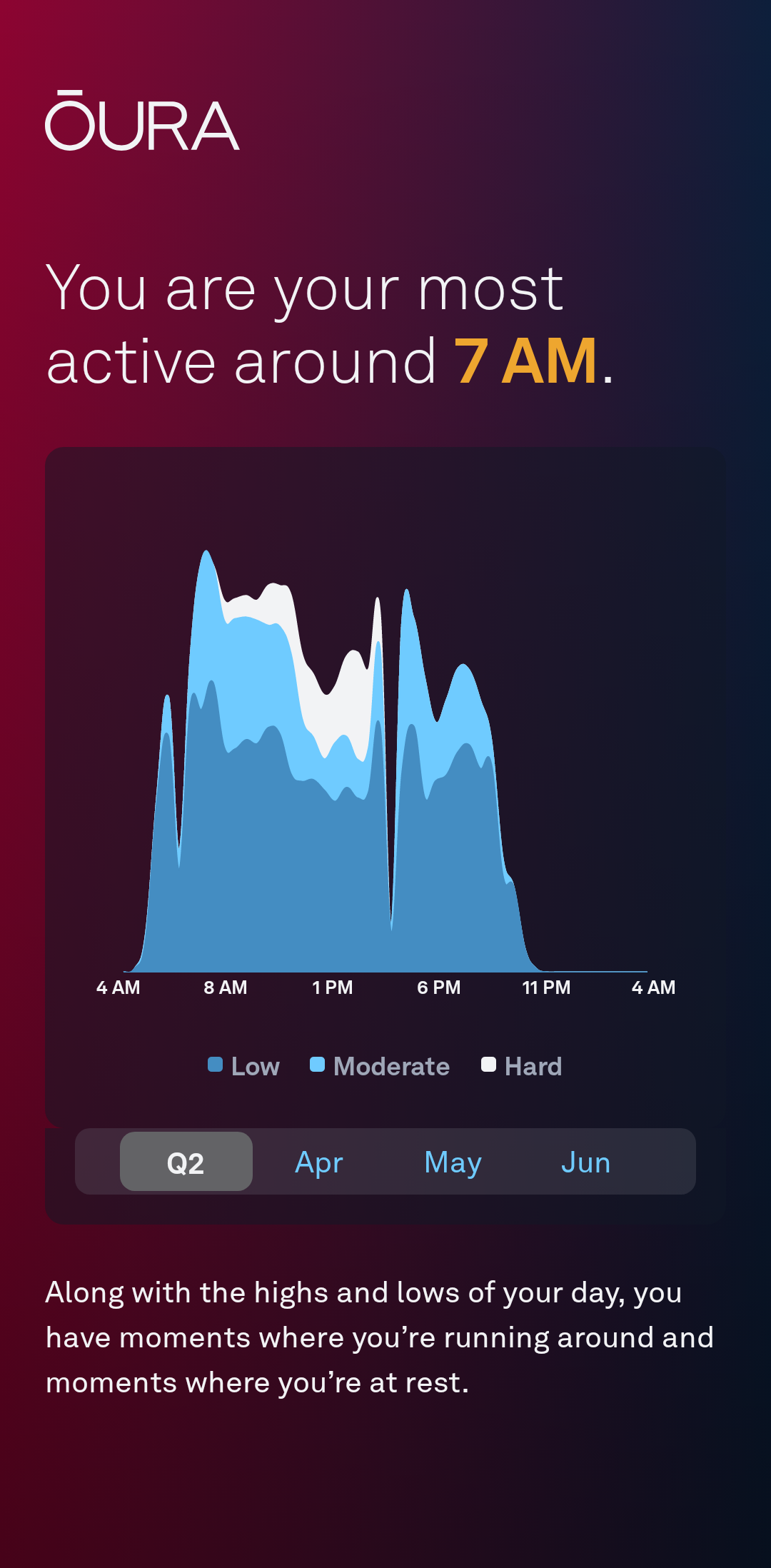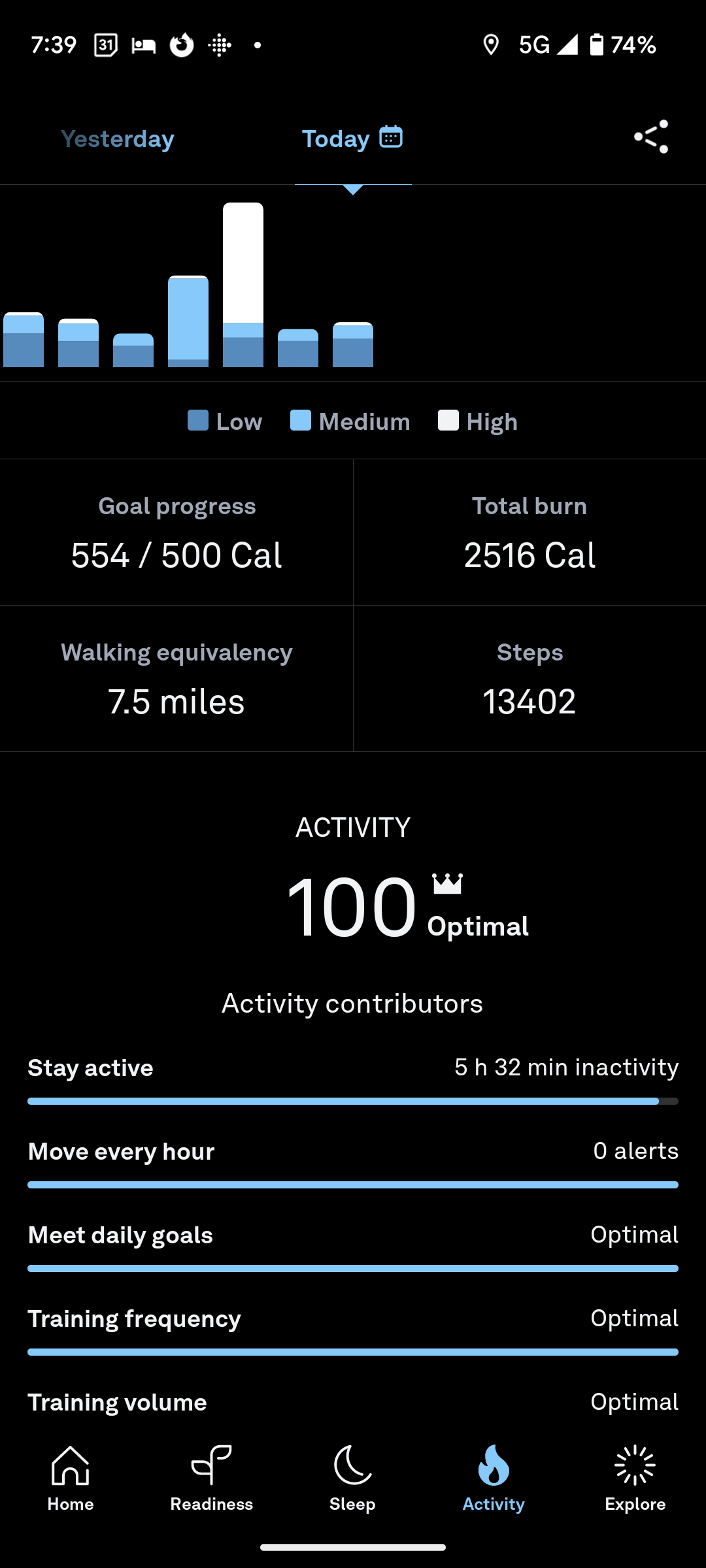Several times in my adult life I have suffered a bout of very poor sleep, usually due to life stress. One of those times, six years ago, coincided with the Oura ring becoming available. So I bought one.
Buying a ring, of course, doesn’t help you sleep better. The Oura ring just offers metrics on your sleep. It’s up to you to make sensible use of that data.
Besides buying the ring, I went down the rabbit hole of reading about sleep. In particular, I read the book Why We Sleep by Matthew Walker. Based on that book, and a lot of reading of internet articles on sleep, I started trying to get 8 hours of sleep a night, as measured by my Oura ring.
Of course that’s not what the “8 hours of sleep” number ever was. The number was always a “time in bed” number, assuming that you spent an average fraction of that time actually asleep. (Some people might actually need 8 hours of actual sleep per night, but that’s not what the number referred to.)
I conducted various experiments (which is what the Oura ring makes possible), but about the only way I could get 8 hours of actual sleep (besides being really, really tired) was to spend 10 or more hours in bed. Rather pleasant on the right sort of day when you’re in the right sort of mood, but not really a practical lifestyle, even for someone like me who doesn’t need to go work a regular job any more.
I did the sensible thing, which was to mostly not worry about it, and just try to get plenty of sleep. And I did okay. My average sleep score from my Oura ring over the 6+ years I’ve had it has been 84. (That’s one tick below the cut-off for “excellent” sleep.)
Just lately though, I’ve made another tweak to my “sensible sleep” strategy (which will no doubt seem extremely obvious to anyone who has never had an extended period of very bad sleep): I quit trying to extend my time in bed in an effort to try and get 7 or 8 hours of actual sleep.
Like all sensible people, I’m back to just going to bed when I feel sleepy, and getting up when I wake up feeling refreshed.
My Oura ring likes the results:
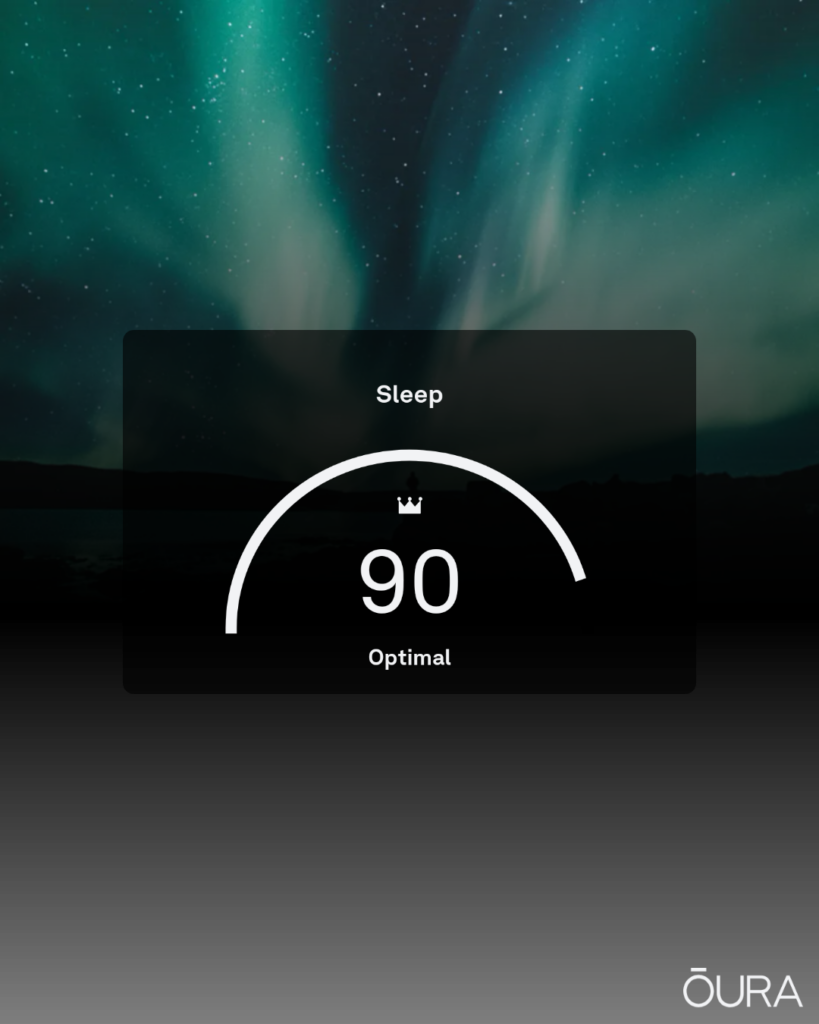
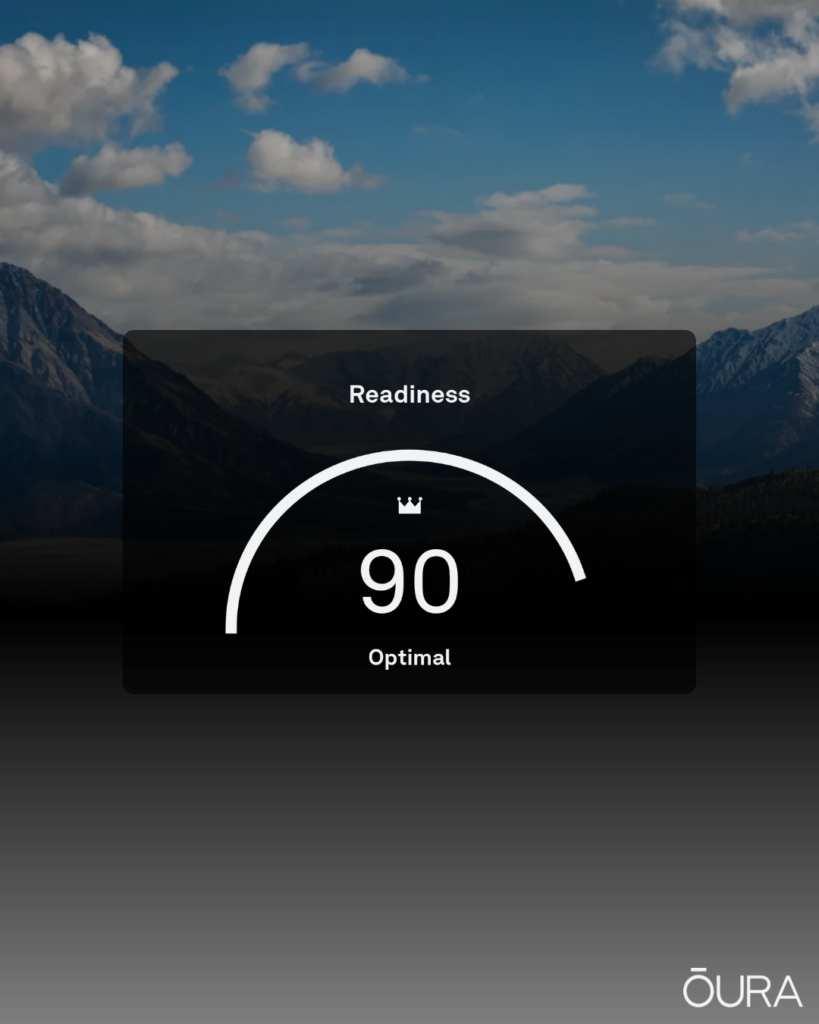
In part this was due to hearing an interview with the author of How to Sleep Like a Caveman by Merijn van de Laar. He reports that Hadza people spend a very typical amount of time in bed, but only spend a little over six and a half hours of that time asleep.
Of course the smart thing to do is to go entirely by feel: If you wake up feeling refreshed, you’re probably getting enough sleep. If you get sleepy during the day, maybe take a nap.
The Oura ring is for when that simple, sensible strategy doesn’t do the trick.

